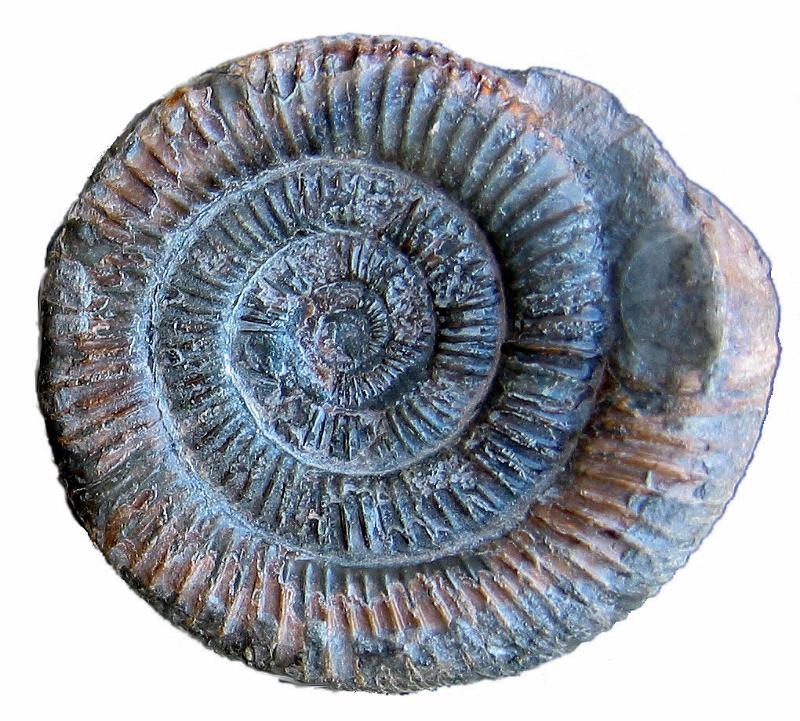There are quite a few steps between discovering a fossil and getting it in a museum. In fact, there are quite a few steps before a researcher can even go out and find a fossil. First, they need an idea of where to look. By understanding the geology of an area, paleontologists can predict what fossils might be found in what layers. The Morrison formation in Colorado, for example, is full of dinosaurs and fossil footprints. The Pierre shale, on the other had, has mostly ocean invertebrates like clams and crabs, as it was deposited when Colorado was covered by an inland sea. There is no point in look for fossil leaves in a basalt, for instance: basalt is the remains of an ancient lava flow. However, fossil leaves are often found in mudstones, especially when there are coal layers, as these are the remains of ancient peat bogs. So, paleontologists need a good understanding of the geology in the area before even heading out the the field.

Another important step, though not the most interesting one, is getting land permission and grants. Without money and the permission to dig on a plot of land, it doesn't matter if there is a perfectly preserved Tyrannosaurus family- a scientist can't go excavate it. Thus, grant writing to get the funding, and getting permission to collect, are big steps before heading out to the field.
Prospecting itself occurs when the paleontologists actually get out to the field. This process varies a lot. Sometimes, they arrive at a site and the fossils are right there. This happens a lot at construction zones. When crews find fossils where they are excavating, they often call an expert at a museum about it. A wonderful fossil leaf site outside of Castle Rock, Colorado, was found this way. However, with these sites, there is a big time deadline. Construction is on a schedule, so any work on the site by paleontologists has to be quick, and may not remove all the site has to offer. There is a Tyrannosaurus with an address for this reason; the house had to be built, so most of the dinosaur was left in the ground.
Other times, museum experts get a tip from someone that fossils are found in an area. A kid might bring in ammonites from his dad's ranch, for instance, or a hiker might show up with a chunk of dinosaur bone she found on public land. These tips let paleontologists investigate a particular site of interest, without having to search around for it so much. This is probably the most common method of finding fossil sites.

A third method is true prospecting. I've only seen this used for invertebrates and leaves before. Basically, scientists go to an area with the formation they expect to find fossils in. They find a site that looks promising, then search the rocks for fossil traces. There might be bellumnites littering the ground in one area, which can then be collected. For leaves, there might be just one rock, initially, with a part of a leaf on it. Paleobotanists then take pickaxes to the wall, discovering a cache of leaves hidden for millions of years in the rock.
Regardless of how a site is found, the researchers can then move on to excavation.
For more information on how fossil sites are found, take a look at this site, created by the Denver Museum of Nature and Science.






